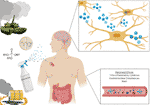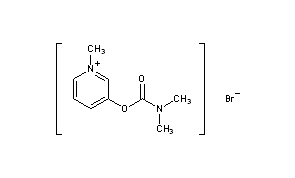

Fewer studies still have delved into the effect of co-exposures and whether pesticides may directly exert effects on human dopaminergic neurons that are particularly sensitive to environmental toxicants through oxidative stress 5, 6, 7, 8, 9. Aside from important work in model organisms and cellular models mostly focused on rotenone and paraquat, the specific effects of most common, widely used pesticides remain unexplored 4. While pesticides are important components of modern commercial agriculture that help maximize food production, most pesticides that are applied at industrial scales have not been adequately assessed for their potential role in PD, let alone for their mechanisms of action. In California, which is the largest agricultural producer and exporter in the United States, there are currently 13,092 pesticide products with 1059 different active ingredients registered for use 3. Ample evidence links pesticides in general to PD etiology 2.

Etiologic contributors include genetic, environmental factors, and aging 1. The hallmark pathology of PD is aggregation of the protein α-synuclein in Lewy bodies in specific midbrain dopaminergic (mDA) neurons. Parkinson’s disease (PD) is a complex, multi-factorial neurodegenerative disease. Our paradigm may prove useful to mechanistically dissect pesticide exposures implicated in PD risk and guide agricultural policy.
Insecticides and pesticides pyridostigmine bromide driver#
We find trifluralin is a driver of toxicity to dopaminergic neurons and leads to mitochondrial dysfunction. Further, we analyze pesticides typically used in combinations in cotton farming, demonstrating that co-exposures result in greater toxicity than any single pesticide. We find that 10 pesticides are directly toxic to these neurons. We then employ a live-cell imaging screening paradigm exposing dopaminergic neurons to 39 PD-associated pesticides. We associate long-term exposure to 53 pesticides with PD and identify co-exposure profiles.

Agricultural records enable investigation of 288 specific pesticides and PD risk in a comprehensive, pesticide-wide association study. Here we combine quantitative epidemiologic study of pesticide exposures and PD with toxicity screening in dopaminergic neurons derived from PD patient induced pluripotent stem cells (iPSCs) to identify Parkinson’s-relevant pesticides. Parkinson’s disease (PD) is a complex neurodegenerative disease with etiology rooted in genetic vulnerability and environmental factors. Nature Communications volume 14, Article number: 2803 ( 2023) A pesticide and iPSC dopaminergic neuron screen identifies and classifies Parkinson-relevant pesticides


 0 kommentar(er)
0 kommentar(er)
